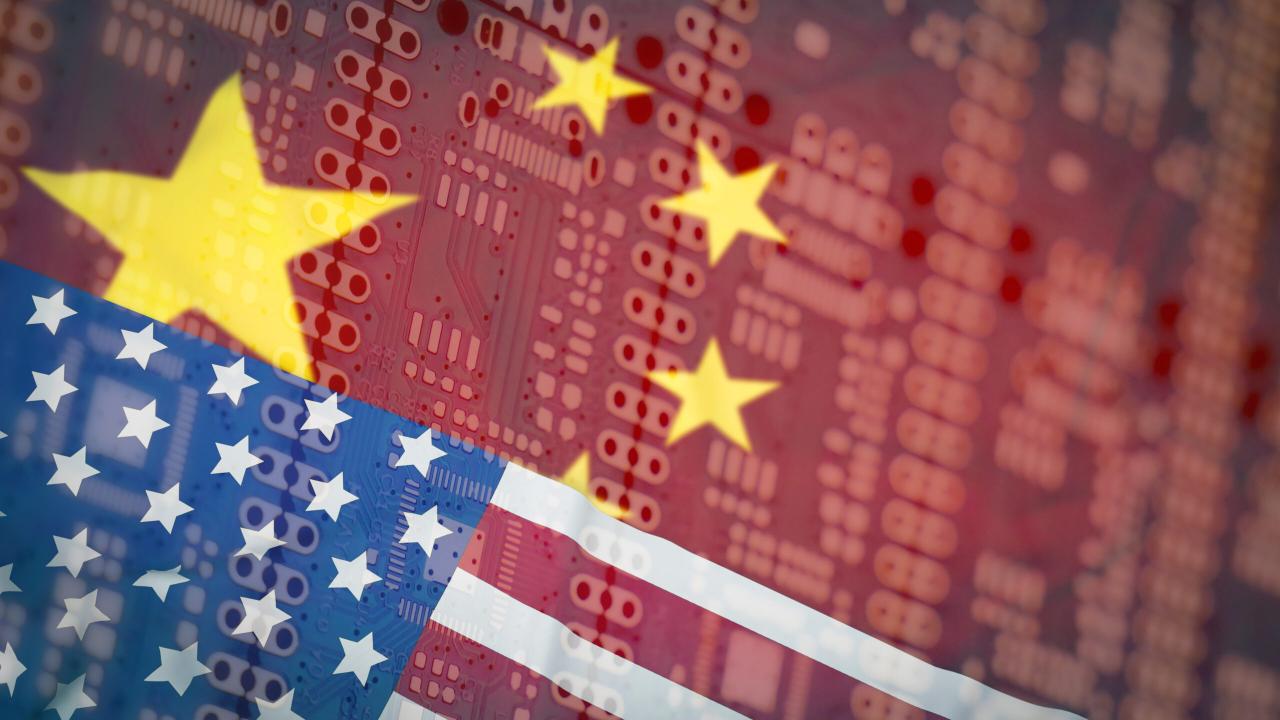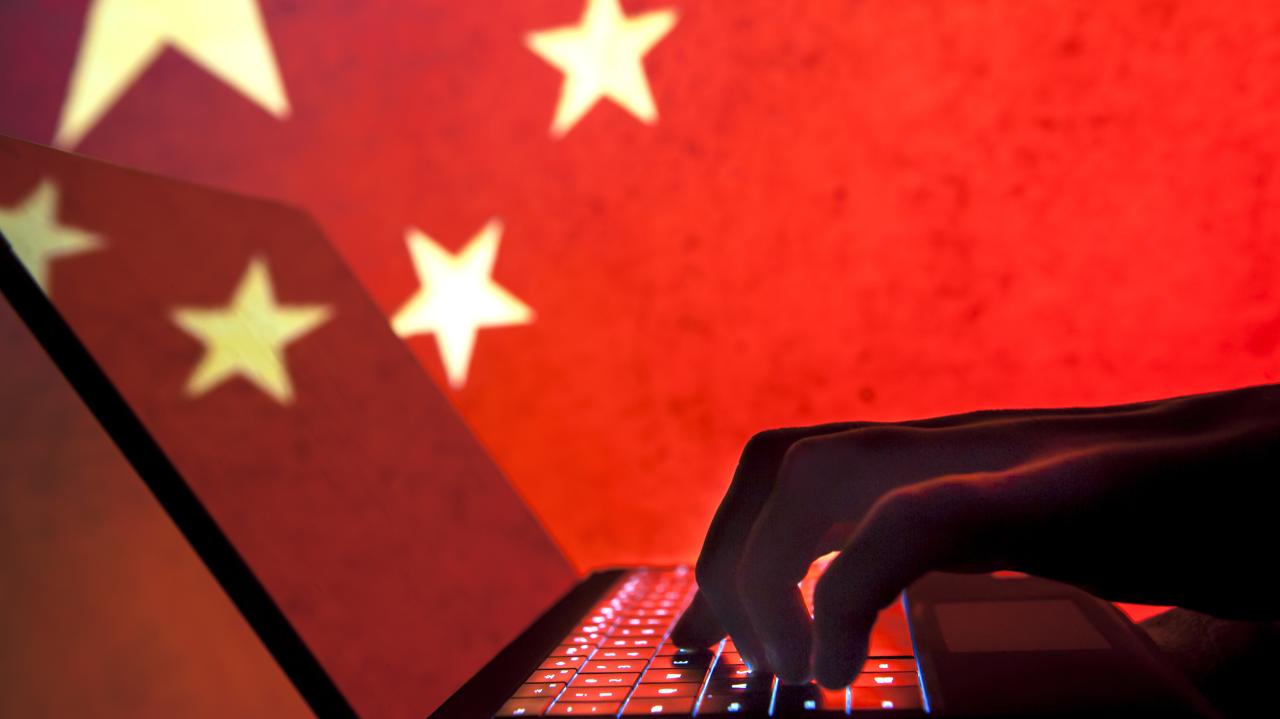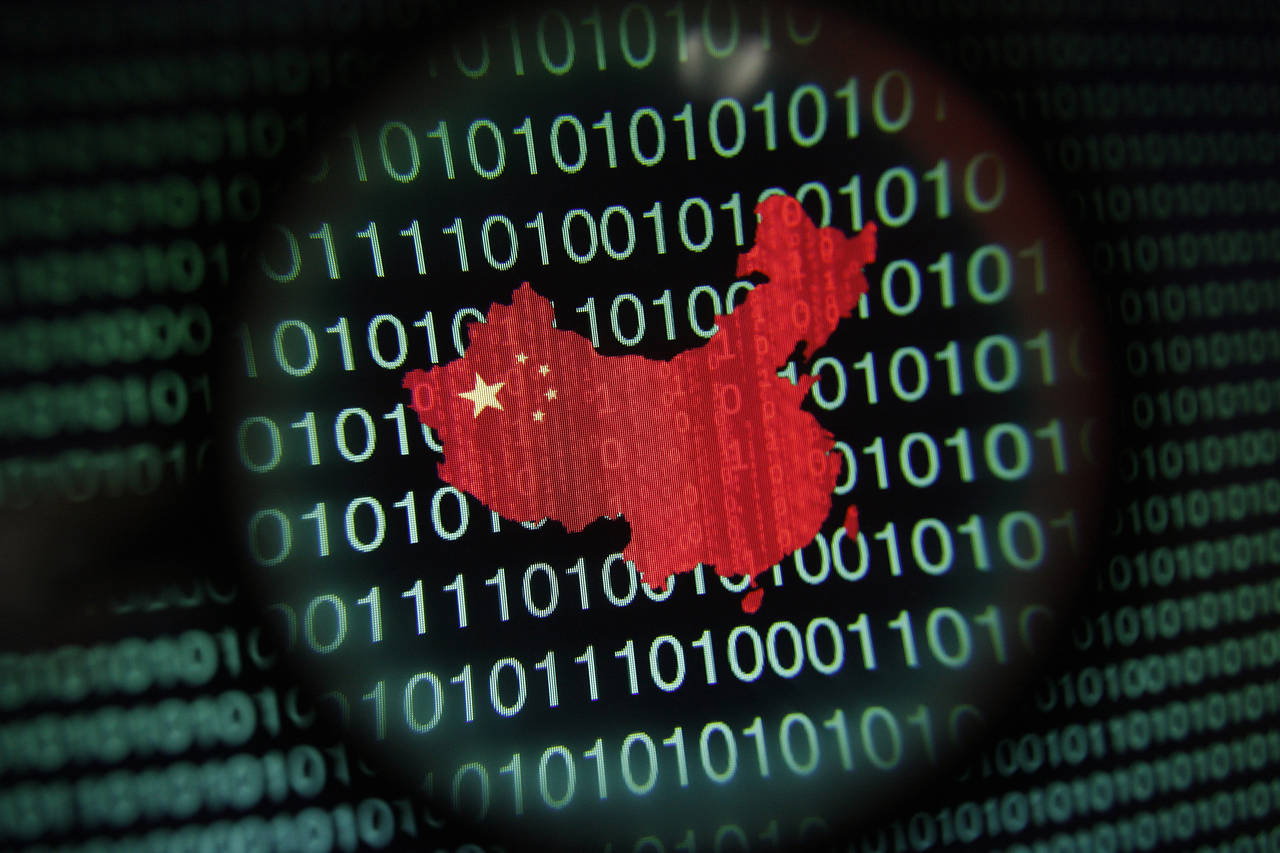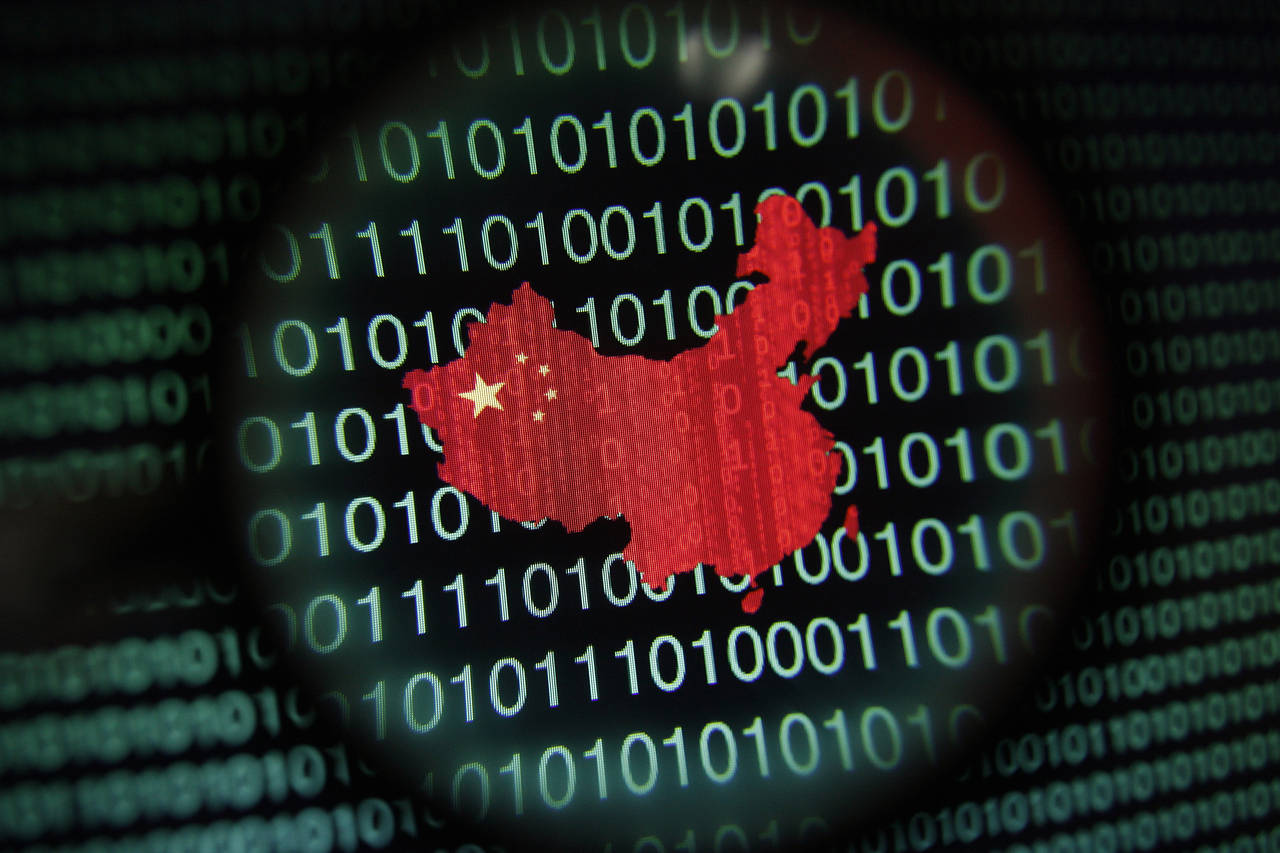China is the manufacturing superpower | Hacker News. This article dives into the incredible rise of China’s manufacturing sector, exploring its historical context, current strengths, and future prospects. We’ll examine the factors that propelled China to its dominant position, the challenges it faces, and its impact on the global economy. Get ready for a fascinating look at a global powerhouse.
From humble beginnings, China’s manufacturing sector has exploded, leveraging cost advantages, a massive workforce, and strategic government policies. This growth has profoundly impacted global supply chains, consumer goods pricing, and international trade dynamics. But this dominance isn’t without its challenges; rising labor costs, environmental concerns, and geopolitical tensions all present hurdles for the future. We’ll unpack these complexities, exploring how China might navigate these obstacles and maintain its position in the years to come.
China’s Manufacturing Dominance: China Is The Manufacturing Superpower | Hacker News
China’s rise as the world’s manufacturing powerhouse is a remarkable story of economic transformation. From a largely agrarian economy just a few decades ago, China has become the global factory, impacting everything from global supply chains to consumer prices. This article explores the key factors behind China’s manufacturing dominance, the challenges it faces, and its potential future trajectory.
China’s Manufacturing Dominance: A Historical Perspective

China’s journey to manufacturing supremacy is a multi-faceted narrative spanning several decades. It involves strategic policy decisions, a massive workforce, and a relentless focus on export-oriented growth. This section details the key phases of this evolution and compares it with other manufacturing giants.
| Date | Event | Impact | Supporting Data |
|---|---|---|---|
| 1978 | Deng Xiaoping’s economic reforms | Opened China to foreign investment and market-oriented reforms, laying the groundwork for industrial growth. | GDP growth surged from an average of 5% in the 1970s to over 10% in the 1980s and 1990s. |
| 1980s-1990s | Establishment of Special Economic Zones (SEZs) | Attracted foreign direct investment (FDI) and fostered export-oriented manufacturing. | SEZs accounted for a significant portion of China’s export growth during this period. |
| 2001 | Accession to the World Trade Organization (WTO) | Granted China preferential trade access to global markets, accelerating its manufacturing expansion. | Exports exploded after WTO accession, solidifying China’s position as a major exporter. |
| 2010s-Present | Focus on technological upgrading and domestic consumption | Shifting from low-cost manufacturing to higher value-added industries and reducing reliance on exports. | Increasing investment in R&D and automation. |
Strengths of China’s Manufacturing Ecosystem, China is the manufacturing superpower | Hacker News
China’s manufacturing success isn’t solely attributable to low labor costs. A robust ecosystem of interconnected strengths has fueled its growth. These include a vast and relatively skilled workforce, extensive infrastructure, and increasingly sophisticated technological capabilities.
- Cost Advantages: Lower labor costs and efficient supply chains contribute to lower production costs.
- Infrastructure: Extensive transportation networks, ports, and energy infrastructure support large-scale manufacturing.
- Skilled Labor: A large and increasingly skilled workforce provides a foundation for manufacturing operations.
- Supply Chains: Highly integrated and efficient supply chains ensure smooth production and delivery.
- Technological Advancements: Increasing adoption of automation and advanced technologies enhances efficiency and productivity.
China holds a dominant position in various industries, including:
- Electronics manufacturing (smartphones, computers)
- Textiles and apparel
- Renewable energy equipment (solar panels, wind turbines)
- Construction materials
- Automotive parts
Challenges and Risks Facing China’s Manufacturing Sector

Despite its dominance, China’s manufacturing sector faces significant headwinds. Rising labor costs, environmental concerns, and geopolitical uncertainties pose considerable challenges to its continued growth.
| Challenge | Impact | Mitigation Strategy | Expected Outcome |
|---|---|---|---|
| Rising Labor Costs | Reduced cost competitiveness | Automation and technological upgrades | Increased efficiency and reduced reliance on low-cost labor |
| Environmental Concerns | Increased scrutiny and potential regulatory penalties | Investment in cleaner technologies and stricter environmental regulations | Improved environmental performance and enhanced sustainability |
| Geopolitical Tensions and Trade Disputes | Disruption of supply chains and reduced market access | Diversification of supply chains and strengthening of international partnerships | Reduced vulnerability to geopolitical risks |
| Technological Dependence | Vulnerability to technological disruptions | Investment in domestic technology development and innovation | Increased technological self-reliance and reduced dependence on foreign technologies |
The Future of Chinese Manufacturing
Predicting the future of Chinese manufacturing requires considering several interacting factors. Technological advancements, economic shifts, and geopolitical dynamics will all play a role in shaping its future landscape. One potential scenario for 2030 involves a continued shift towards higher value-added manufacturing, driven by automation and technological innovation.
For example, China might become a global leader in advanced robotics and AI-driven manufacturing, while simultaneously reducing its reliance on labor-intensive industries. This shift could involve strategic partnerships with other nations to secure access to critical resources and technologies.
Impact on Global Manufacturing
China’s manufacturing dominance has profoundly reshaped global supply chains and trade patterns. Its influence extends to global prices, consumer markets, and the economic development of both developed and developing nations.
That Hacker News thread about China’s manufacturing dominance got me thinking – a lot of that relies on efficient supply chains managed by software. To work on those systems, you’d need serious skills, which is why checking out this guide on full stack developer career path and required skills is a smart move. Understanding the tech behind global manufacturing is key, especially given China’s position in the market.
- Impact on Developed Economies:
- Increased competition and pressure on domestic manufacturers.
- Lower consumer prices for many goods.
- Shift in manufacturing jobs to China.
- Impact on Developing Economies:
- Increased opportunities for export-oriented manufacturing.
- Potential for job creation and economic growth.
- Increased dependence on China for manufacturing and trade.
Illustrative Example: The Chinese Electronics Manufacturing Industry

The Chinese electronics manufacturing industry exemplifies the country’s manufacturing prowess. This industry’s global reach is extensive, influencing the production and distribution of numerous electronic devices worldwide.
That Hacker News thread about China’s manufacturing dominance got me thinking – a huge amount of the hardware powering our digital world comes from there. To build the software that runs on all that hardware, you need skills like those of a full stack developer , who can handle everything from databases to front-end design. So, the next time you see a cool gadget, remember the complex interplay between global manufacturing and skilled software development.
Consider a hypothetical factory in Shenzhen, a hub for electronics manufacturing. This factory, employing thousands of workers, utilizes advanced automated assembly lines, robotics, and sophisticated quality control systems. The workforce is a mix of skilled technicians, engineers, and assembly line workers.
The production process begins with the procurement of raw materials and components from various domestic and international suppliers.
These components are then assembled on highly automated production lines, with robots performing many of the repetitive tasks.
Rigorous quality control measures are implemented at each stage of the process to ensure high product quality.
Finally, the finished products are packaged and shipped to customers worldwide, leveraging China’s extensive logistics infrastructure.
This factory’s output, ranging from smartphones to servers, impacts global consumer electronics markets, influencing product pricing and availability across the globe.
Outcome Summary
China’s manufacturing dominance is a complex and evolving story. While its current position is undeniable, the future is far from certain. Navigating geopolitical shifts, technological advancements, and evolving global demand will be crucial for China to maintain its leading role. Understanding this dynamic landscape is vital for anyone involved in global trade, economics, or technology.
FAQ Section
What are some specific examples of Chinese manufacturing dominance in particular industries?
China dominates in electronics manufacturing (smartphones, computers), textiles and apparel, and renewable energy components, among others.
How does China’s manufacturing sector impact developing countries?
So, you’re reading about China’s manufacturing dominance on Hacker News? That’s fascinating stuff, especially considering global supply chains. But hey, did you see that amazing game? Check out the highlights here: PULISIC IS THE MVP FROM JUVENTUS v AC MILAN It’s a great reminder that while China builds the world, sometimes we need a break to watch some incredible soccer.
Back to those manufacturing stats though!
It offers both opportunities and challenges. Opportunities include cheaper goods and potential for manufacturing investment, while challenges include competition for local industries and potential exploitation of labor.
What role does automation play in China’s manufacturing future?
Automation is a key factor. While it displaces some jobs, it also increases efficiency and allows China to compete on higher-value manufacturing.
What are the environmental implications of China’s manufacturing growth?
Significant environmental challenges exist, including pollution and resource depletion. China is increasingly investing in greener technologies and practices to address these issues.
